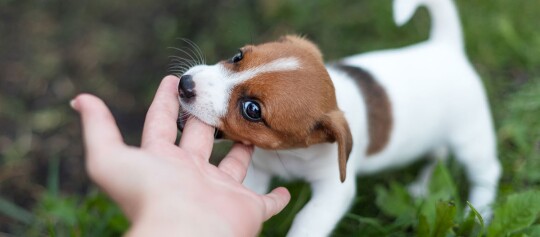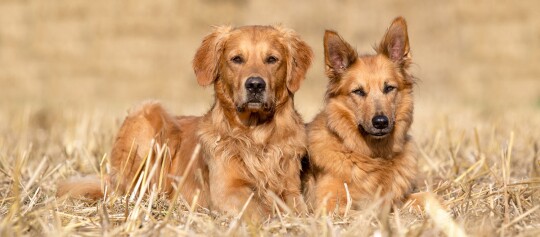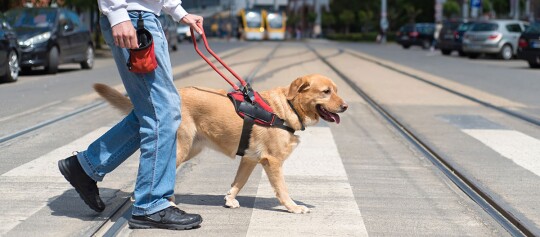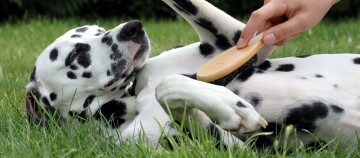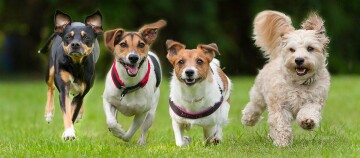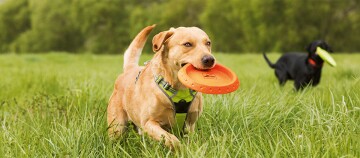Nutrition counselling for dogs
11.02.2023 - Reading time: 6 minutes
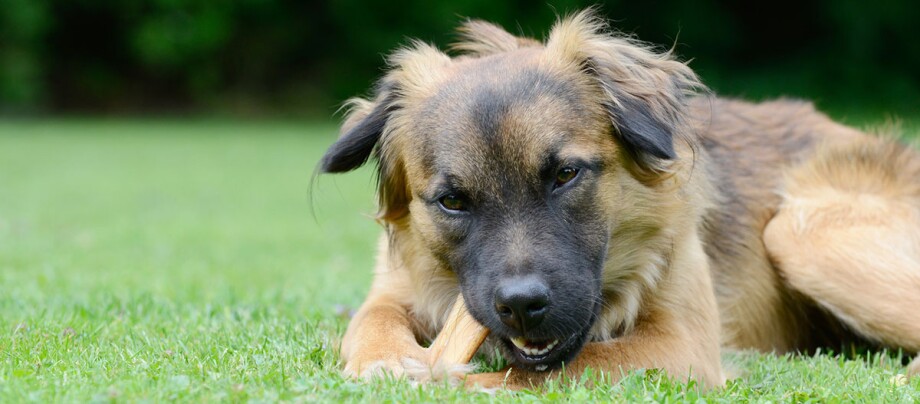
A well-balanced diet is the basis for a long and healthy life. This also applies to our four-legged friends. But not all pet food is the same: To ensure that your dog receives all its necessary nutrients, minerals, trace elements and vitamins, you have to take its individual needs into account when choosing its food. This is where nutrition counselling for dogs can help. In this article, we will advise you on how to find good nutrition counselling as well as on several basic dog food topics.
- Nutrition counselling for dogs: When does it make sense?
- Dogs’ nutritional needs at a glance: What do dogs eat?
- How to determine the right amount of food
- Feeding your dog: How many times a day?
- Feeding recommendations for dogs: Which dry or wet dog food is best?
- Snacks: How often?
- Fresh water - the be all and end all
- Feeding at a glance
Nutrition counselling for dogs: When does it make sense?
In general, dogs do very well on a well-balanced and age-oriented complete food. Should you have a four-legged friend with special requirements (chronic illness, old age) however, or you have decided on a different feeding method (e.g. BARF), then nutrition counselling is a good idea.
Vets specialising in animal nutrition offer particularly qualitative nutrition counselling. If you are looking for nutrition counselling for your dog in your area, it is a good idea to ask your vet. Nutrition counselling for dogs is also available online.
The counsellor’s qualifications are very important: There are many self-titled “Dog Nutrition Counsellors”. Some really do have a profound knowledge of the topic, but others unfortunately do not have any at all. With your vet however, you are definitely always on the safe side. And if there is an issue of special nutritional needs due to illness then your vet should always be your first port of call!
The price also depends on the counsellor. Veterinary practitioners are bound by veterinary practitioner tariffs and counselling services are priced according to a specified graduated price policy. You should always ask about possible costs beforehand, also when consulting counsellors who are not veterinary practitioners.
Dogs’ nutritional needs at a glance. What do dogs eat?
If you decide to buy your dog food at the pet store, you have the choice of dry or wet food. Both have advantages. Dry dog food is more practical in many cases: It is easier to dose, doesn’t go bad so quickly in summer, smells less intense and does not produce tin can waste. Wet dog food, as the name suggests, contains more moisture, helping fulfil your dog’s daily water intake.
Alongside the choice of complete dog food, you can also cook for your dog yourself, the BARF method (raw nutrition products) or the prey method (feeding whole prey). These nutrition forms however, require an extensive nutritional knowledge base and are time intensive. If you are planning to feed your dog according to one of these methods then you should definitely consult your vet for nutrition counselling! Otherwise you run the risk of making your beloved pet unwell by misfeeding him/her in the long-term.
How to determine the right amount of food
On dog food packaging you will find a feeding recommendation that is usually calculated according to the weight and often, in addition, the size of the dog. This recommendation is based on a “normal” dog. This is therefore optimal for an averagely active dog with an ideal weight. If your dog is under or overweight or is more or less active you have to either reduce or increase this recommended amount.
Feeding your dog: How many times a day?
When should you feed your dog? Mornings or evenings? How long should the rest break after feeding be? And should you only feed your dog once or more times a day? As per usual in dog nutrition counselling, the answer is: It depends.
When healthy, adult dogs are fed on complete food, you can usually choose freely between feeding once or more times yourself. The time you feed your dog can be tailored to his/her preferences. Remember that a dog should take a rest break after a main feed and then take a walk.
Puppies, older dogs and those with metabolic disorders need feeding several times a day. This relieves the digestive system and even healthy dogs react positively to this. There is less chance of the dog being ravenous, which, for example can help overweight dogs to lose weight. If there are no fixed feeding times, then you are also more flexible when on the go.
If the dog is fed according to the BARF or prey method, feeding once a day is advisable: These foods require a highly concentrated stomach acid to break down the raw elements and digest them properly. Cooking the food makes it a lot easier to digest. If you cook your dog food yourself, you can feed the dog more than once a day.
Feeding recommendations for dogs: Which dry or wet dog food is best?
No matter which form of dog food you choose: The important thing is that it fits your dog’s needs, i.e. junior, adult, senior dog food. Additionally, you should make sure the food is labelled as “complete dog food”. Only then can you be sure that it can reliably cover your dog’s energy and nutritional needs.
Alongside these so-called complete foods there are also feed supplements that are not suitable as a sole source of food.
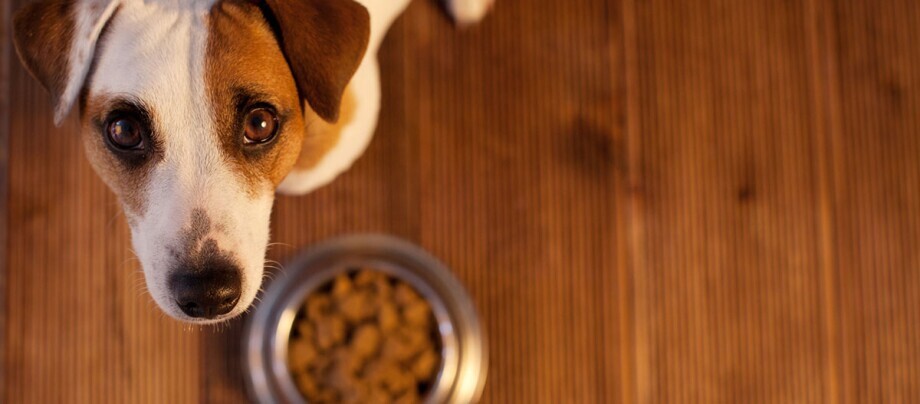
Snacks: How often?
Every dog is an individual and has its own individual energy needs. And often, as a dog owner, you don’t have a permanent eye on your dog’s weight. You really should, then it’s often the little daily “sins” in the form of treats that are left out of the feeding calculation. It is exactly these well-meant snacks that can turn into true love handles as they often contain a high level of carbohydrates and fats. You should feed your dog sparingly between main meals.
The way to a dog’s heart is not through its stomach! Attention and plenty of petting are a healthy alternative.
Fresh water - the be all and end all
Your four-legged friend should always have plenty of fresh water at its disposal. Fill the water bowl with fresh water every day and clean it regularly. This is not only important in summer!
If you feed your dog on wet or fresh food, it will drink less than a dog fed on dry dog food. If your dog is not a big water drinker, giving it a little meat juice can induce it to drink more. Alternatively you can mix water into your dog’s food to give it a soup-like consistency.
Feeding at a glance:
At a glance:
-
• Decide on a type of food (dry, wet or mixed)
• BARF (biologically species-oriented raw feed) – as an alternative to dry or wet food.
• Avoid changing between types of feed too often
• Feed changes should be carried out in small steps
• Always buy high-quality dog food
• Ensure suitable rest breaks after feeding
• Always make sure your dog has sufficient water
Other popular categories and matching posts:

Leaving your dog alone – separation anxiety and loss of control

Puberty in dogs: When your pup gets rebellious...
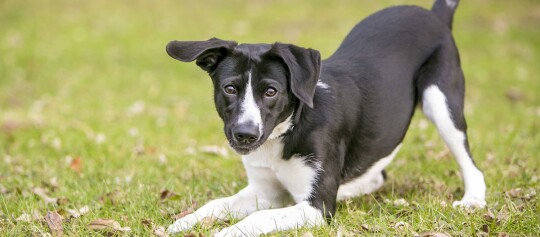
Body language in dogs: communication using ears and tails
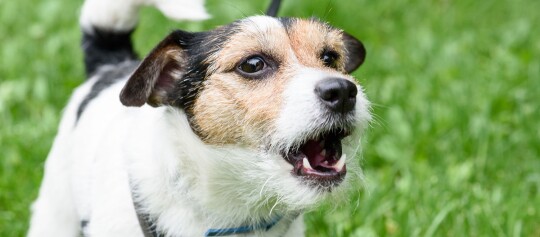
Barking dogs: understanding and communication problems
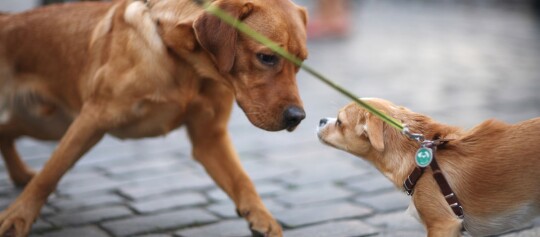
Master contact with your dog and understand your dog’s body language

Leash training – stress-free walkies
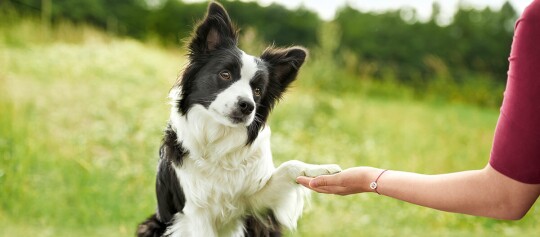
Dog commands: vocabulary training for the four-legged friend
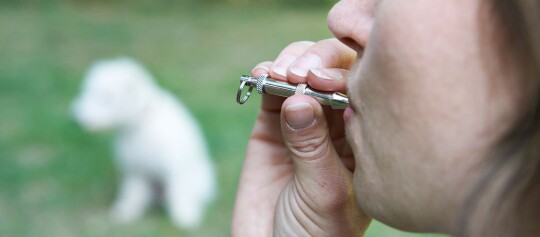
Dog whistle training – a guide to successful calling

Jogging with your dog: how to become a sporty team

Clicker training for your dog – exercises for beginners
Here’s how to avoid unwanted behaviours in your dog.
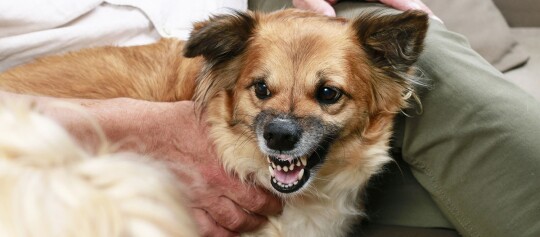
What to do with an aggressive dog?
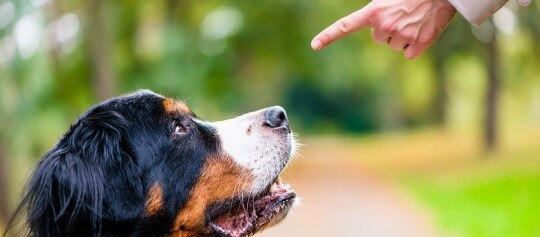
How to stop your dog from jumping up – step by step guide
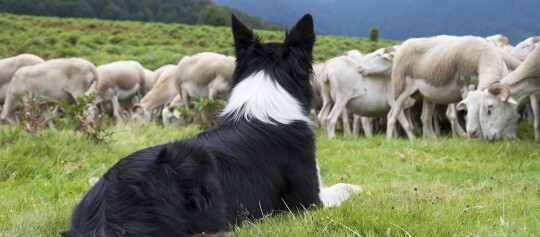
Protective instincts in dogs – understanding and avoidance
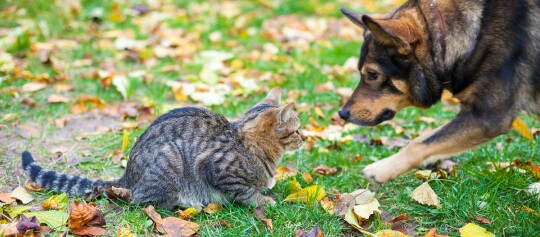
Dog chases cats – advice on how to live together more peacefully
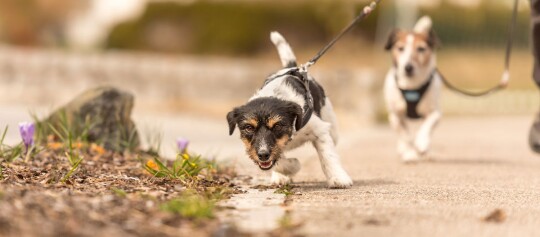
Help – my dog pulls on the lead

Dog chewing on everything: How to help them break the habit!
